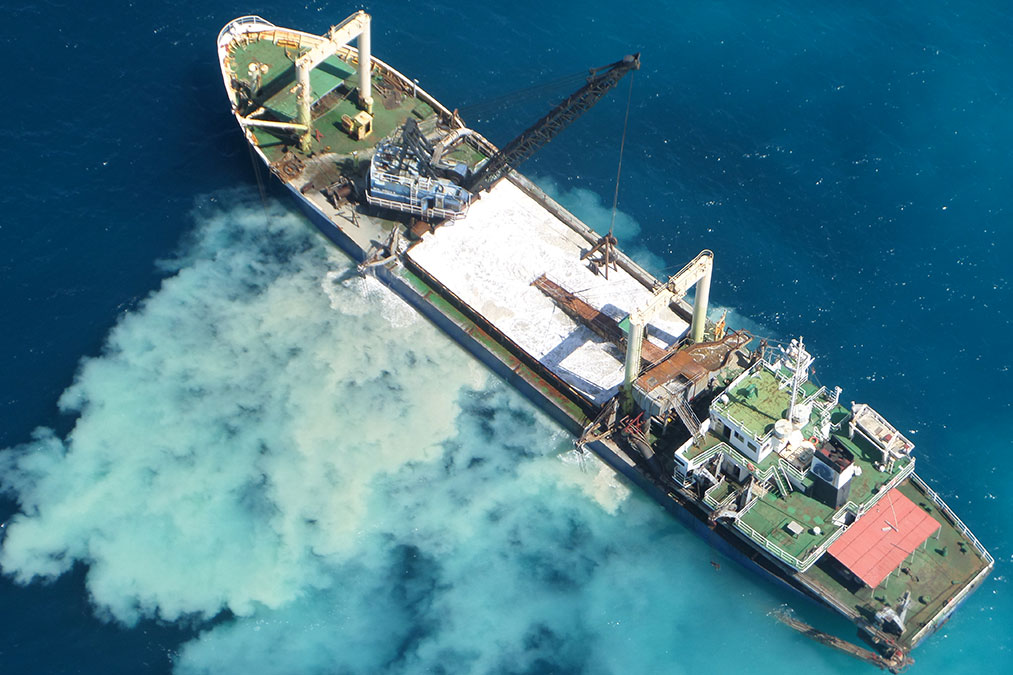Mining sand from the ocean floor to meet the construction sector’s demand is moving closer to becoming a reality.
This is good news as there is a steadily increasing shortage of the commodity.
On Wednesday, the Cabinet of Antigua and Barbuda invited the principals of the Blue Ocean Dredging Company to its meeting to discuss the shortage of sand for the purpose of construction.
Last year, the cabinet decided that it would allow sand to be mined from the ocean floor as traditional sources of the resource are nearing depletion.
The former Minister of Social Transformation and Blue Economy, Dean Jonas, indicated in 2022 that billions of tons of sand were available in Antigua and Barbuda’s exclusive economic zone that could be harvested safely over a 20-year period.
Antigua and Barbuda’s Exclusive Economic Zone is 110,089 square kilometres and is estimated to have several billion dollars’ worth of resources including marine life.
During the meeting, Blue Ocean Dredging explained that sand mined from the ocean will come with its own challenges as it must be completely freed of its salt content before use.
This process takes place naturally as rainfall is relied upon to rinse the sand free of salt.
In the case of Antigua and Barbuda where drought is an issue, this process could take several weeks due to the infrequency of rainfall.
Despite this hurdle, Blue Ocean Dredging advised that other Caribbean countries have turned to this method of sand mining with minimal consequences and “maximum success”.
Well placed sourced informed Pointe Xpress that the Environment Division and Department of Fisheries will provide the Development Control Authority with the licences to approve deep sea sand mining.
These licences will be temporary in the first instance then granted for longer periods later on.
Meanwhile, during its meeting with cabinet, the principals of Blue Ocean also discussed the payment of additional fees it incurred to move ahead with the removal of the extremely hard rock that delayed dredging at the St. John’s Harbour.
The machinery that was being used was unable to penetrate the rocks and a South American company with specialised equipment had to be engaged to complete that phase of the job which allowed the channel into the harbour and its turning basin to be widened and deepened enough to accommodate the world’s largest ships.
The government agreed that it will absorb this additional cost.


